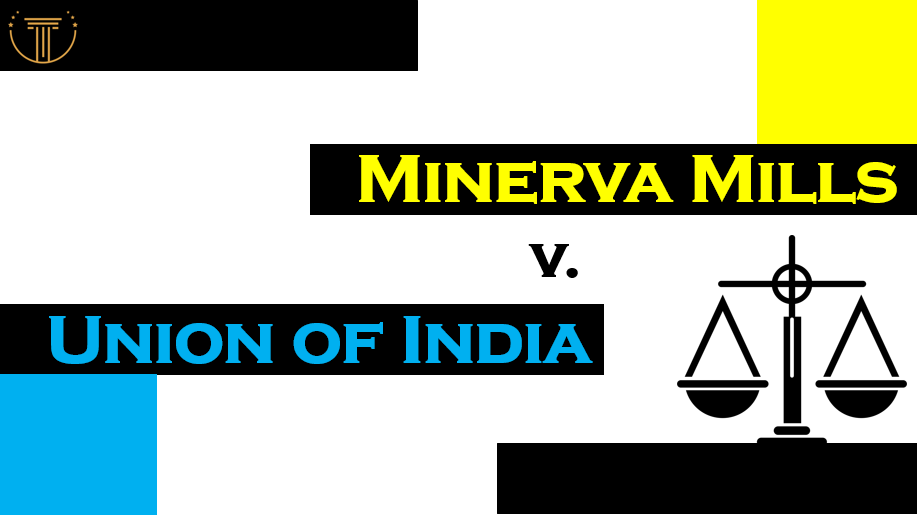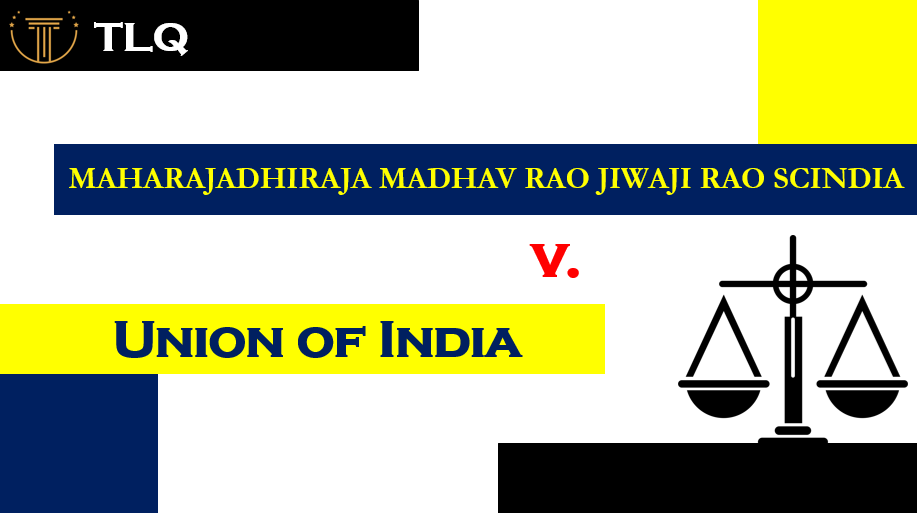Published On: 5th September, 2024
Authored By: Gauri Gupta
University Institute of Legal Studies, Panjab University
CITATION: AIR 1985 ALL 242
APPELLANT- Bata India Ltd.
RESPONDENT- Pyare Lal
COURT INVOLVED: Allahabad High Court
FACTS:
Bata India Limited, the plaintiff, is a well-known company that had a good reputation even before the trademark registration began in 1940. It was registered with a trademark “Bata” used extensively for footwear and related goods. The plaintiff gained considerable goodwill and reputation in the Indian market. In February 1983, an advertisement for “Batafoam” appeared in the “Dainik Jagran” newspaper, promoting products like mattresses and cushions by the defendant, Pyare Lal & Co. The plaintiff asserted that the use of the name “Batafoam” was deceptively similar to their trademark “Bata” and would likely confuse consumers.
The plaintiff contended that the defendants were using the “Bata” name to deceive and trick consumers and pass off their products as those of the plaintiff, thus infringing on the plaintiff’s trademark and damaging its reputation and goodwill.
The defendants argued that their products (mattresses and cushions) were different from the plaintiff’s footwear and related goods, ergo no confusion could arise, and that “Bata” was a common surname hence “Batafoam” did not infringe on the plaintiff’s trademark. They further contended that to maintain a charge of passing off, the trademark or logo should be deceptively similar, but in the present case, the writing style was very different from “Bata” and thus was unlikely to deceive any person of normal prudence.
PROCEDURAL HISTORY:
The plaintiff filed a suit in the District Judge’s court demanding an injunction to curtail the defendants from using the mark “Batafoam” and for the destruction of infringing labels. The 1st Additional District Judge, Meerut, rejected the application for a temporary injunction on December 24, 1983.
The 1st Additional District Judge, Meerut, decided on December 24th, 1983, stating that for a passing off claim, a trademark didn’t need to be registered. Even if unregistered, extensive prior use was sufficient to assist a passing-off action. The judge outlined that the key requirement was to show that the mark used by the defendant closely resembled the plaintiff’s mark either visually or phonetically, indicating deception.
The court observed that the plaintiff’s trademark “Bata” was not registered for the goods sold by the defendants, such as mattresses and cushions. Since there was no testimony that the plaintiff was engaged in manufacturing or selling these specific goods, and because “Bata” did not appear identical to “Batafoam”, the court settled there were no grounds or justifications for a passing off claim against the defendants. Therefore, the court underpinned that the plaintiff had not established a prima facie case for temporary injunction. Consequently, the application for temporary injunction was rejected, because there was no need to think about the balance of convenience or the possibility of serious, lasting damage.
ISSUE:
- Whether the use of the name “Batafoam” by the defendants forms a passing off action of the plaintiff’s trademark “Bata”.
- Whether the plaintiff is authorized to a temporary injunction restraining the defendants from using the mark “Batafoam”.
RULE:
- Passing Off Doctrine: Passing off refers to a common law tort where a party fabricates their goods or services as those of another party, leading to confusion and uncertainty among consumers and probable harm to the reputation of the rightful owner.
To succeed in a passing off action, the plaintiff needs to show that:
- They were well known for their reputation and goodwill related to the trademark “Bata”.
- The defendant’s use of “Batafoam” was likely to deceive or mislead the public into thinking the products were connected to the plaintiff.
- There was actual or potential harm to the plaintiff’s reputation and recognition due to the actions of the defendant.
- Trade and Merchandise Marks Act, 1958: Section 27(2) of the Act explicitly mentions the common law rights of action for passing off, regardless of registered trademarks. It ensures that a party can seek remedies against another party for passing off their goods as those of the plaintiff, even if the trademark is not registered.
- ‘Passing off’ is also examined in Section 105(c) and Section 106 of the Act. The former relates to court jurisdiction in cases dealing with the unauthorized use of any trademark, while the latter underscores the available remedies for such infringements. Notably, the Act does not tackle passing off issues when no trademark is involved, leaving such matters to be governed by common law.
APPLICATION/ ANALYSIS:
In the case of Bata India Limited v. Pyare Lal & Co. (1983), the central legal issue centered on, whether the defendant’s use of the mark “Batafoam” constituted passing off, thereby encroaching upon the plaintiff’s recognized trademark “Bata”. Here’s a detailed analysis of the court’s decision based on the principles of passing off:
- Plaintiff’s Claim of Goodwill: Bata India Limited affirmed that they had acquired substantial prestige and goodwill associated with the trademark “Bata”. They contended that consumers familiar with “Bata” footwear products would likely be deceived into believing that “Batafoam” products were also linked with or endorsed by Bata India Limited.
- Likelihood of Confusion: The court assessed whether the use of “Batafoam” by Pyare Lal & Co. was likely to confuse consumers. It considered factors such as the visual and phonetic similarity between “Bata” and “Batafoam”, and whether consumers purchasing mattresses and cushions under “Batafoam” would reasonably believe they were connected to Bata India Limited’s footwear.
- Nature of Goods: An important aspect of passing off is the similarity or overlap of goods or services. Bata India Limited chiefly marketed footwear, whereas Pyare Lal & Co. sold mattresses and cushions under the name of “Batafoam”. The court examined whether there was a reasonable likelihood of consumers confusing these distinct product categories.
- Damage to Goodwill: The court evaluated whether Bata India Limited had suffered or was probable to encounter harm to its goodwill and reputation as a result of Pyare Lal & Co.’s use of “Batafoam”. It judged whether consumers’ mistaken association between “Bata” and “Batafoam” would adversely impact Bata India Limited’s goodwill and recognition.
Court’s Reasoning and Decision:
- Assessment of Evidence: The court reviewed the evidence presented by both parties regarding the use of “Batafoam” and its likely effect on consumer opinion.
- Conclusion on Likelihood of Confusion: It was held that “Batafoam” was sufficiently distinct from “Bata”, both visually and phonetically. The court found that consumers buying mattresses and cushions under “Batafoam” were unlikely to be misled into thinking they were linked with Bata India Limited’s footwear products.
- Impact on Goodwill: Since the goods sold under “Batafoam” were distinct in nature and usage from Bata India Limited’s footwear, the court settled that there was no proof of considerable harm to Bata India Limited’s goodwill.
The court ultimately ruled against granting a temporary injunction to Bata India Limited. It held that the plaintiff had not instituted a prima facie case for passing off. The court highlighted the lack of likelihood of confusion and the absence of irreparable harm favoring an injunction.
CONCLUSION:
The case of Bata India Limited v. Pyare Lal & Co. (1983) shows an important application of passing off principles within the framework of trademark law, focusing on whether the defendant’s use of “Batafoam” constituted an infringement on the plaintiff’s formed trademark “Bata”. The main issues involved the assessment of the likelihood of confusion among consumers and probable harm to the plaintiff’s goodwill.
Bata India Limited, a well-recognized entity with substantial goodwill associated with its “Bata” trademark, contended that the defendant’s use of “Batafoam” in connection with mattresses and cushions would mislead consumers into believing there was an association with Bata India Limited’s footwear products. They argued that this deceptive similarity formed passing off, thereby damaging their reputation and goodwill. On the other hand, Pyare Lal & Co., the defendants, affirmed that “Bata” was a common surname and that their use of “Batafoam” for entirely different products like mattresses and cushions did not infringe upon Bata India Limited’s trademark. They asserted that there was no likelihood of confusion among consumers due to the different nature of the products and the dissimilarities in branding. The court, in its analysis, considered the basic elements of passing off: the plaintiff’s goodwill associated with the trademark, the likelihood of confusion among consumers, and the probable harm to the plaintiff’s reputation and goodwill. It examined whether the use of “Batafoam” was likely to mislead the public into believing a false association with Bata India Limited’s footwear.
Ultimately, the court ruled against granting a temporary injunction to Bata India Limited. It found that “Batafoam” was different from “Bata” in both visual and phonetic terms, and that consumers buying mattresses and cushions under “Batafoam” were unlikely to be misled into believing they were linked with Bata India Limited’s footwear products. The court emphasized the lack of evidence showing a prima facie case for passing off, as well as the absence of irreparable harm favoring the granting of an injunction.
This case outlines the importance of establishing a strong likelihood of confusion and harm to goodwill in passing off claims. It illustrates the courts’ cautious approach to balancing the rights of trademark owners against the interests of businesses using potentially similar marks in unrelated product categories. Ultimately, the decision in Bata India Limited v. Pyare Lal & Co. (1983) serves as a precedent in trademark law, emphasizing the need for clear evidence of deception and harm in passing off actions to warrant injunctive relief.


